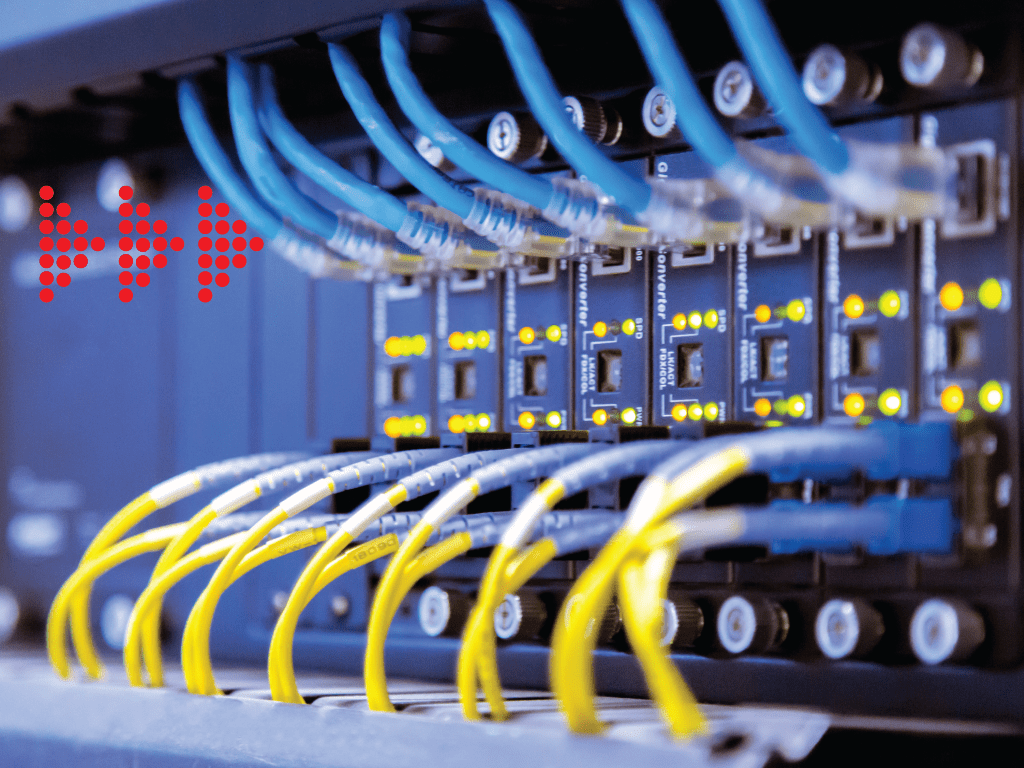You’re feeling like a maze of numbers and disguises when you hear someone talking about IP addresses. But don’t worry, it’s not unusual. Mastering IP Subnetting is no joke but don’t despair: this ultimate subnetting cheat sheet will make the process less of a daunting mystery! This straightforward tutorial will help you gain the confidence and skills to understand any cryptic information about subnets. Whatever your level, whether you’re a seasoned network administrator or just a novice, all network administrators should be able to understand IP basic addressing principles and the way they function to ensure that their networks operate properly.

Subnetting with IP allows administrators to manage and optimize the network’s resources. In order to help you navigate the complex world of subnetting we present an ultimate guide to subnetting. This complete guide, whether you’re just beginning or looking for an instant reminder can provide you with the essential information and strategies for IP subnetting.
I. Understanding IP subnetting:
IP subnetting is a process that separates networks into smaller networks or subnetworks to enhance the performance of the entire network and to manage IP address assignment. This is done by creating logical subnets within a network, and assigning IP addresses unique to each. This ensures efficient data routing, and improves security.
II. Subnetting cheat sheet is important:
Subnetting cheatsheets are valuable tool for network administrators. It’s a concise guide which includes the essential formulas, rules, and subnetting techniques, making subnetting easier and accurate. An cheat sheet is useful for calculating subnet masks or the determination of host and network ranges. It also ensures the accuracy.
III. IP Subnet Cheat Sheet: Important Elements
1. Subnet Mask Subnet Mask: The subnet mask is used to determine the network portion as well as the host portion of an IP address. The cheat sheet provides an easy way to find the subnet mask based upon the number of bits in a network.
2. Network Address Network Address: This is the address of the base subnet. It identifies the subnet in the overall network.
3. Broadcast Address (also known as the broadcast address) Broadcast Address: This is the highest-level address of subnets. It is used to relay information to all devices connected to that subnet.
4. Host Range Host Range: The host range contains any valid IP addresses assigned to devices within a subnet, excluding the broadcast and network addresses.
5. CIDR notation: Classless Inter-domain routing (CIDR) is represented by the slash symbol (/) which is followed by number network bits, represents the subnet mask. The cheat sheet includes an conversion table that can be used for quick review.
IV. How to successfully subnet:
1. Subnetting By Hand This cheat sheet will provide step-bystep instructions on subnetting, without the use of calculators or other tools for subnetting. Understanding the underlying concepts enables you to tackle the subnetting challenge with confidence.
2. Variable length subnet masking (VLSM). This allows the creation of different sizes of subnets assigned within a single network. The cheat sheet subnet gives instructions on how to utilize VLSM efficiently in order to maximize IP address allocation.
3. Binary to Decimal Converter: Understanding binary to decimal conversion is essential for subnetting. The cheat sheet has an information table for conversion and also tips for quickly converting binary numbers to decimal.
4. The Subnetting Quick Referencing Chart comes with a chart that maps the numbers network bits to the corresponding subnet masks, as well with the number and count of subnets.
5. Subnetting examples: This cheat sheet contains practical examples of subnetting as well as samples of problems. It helps you strengthen your understanding and develop your skills.
V. The use of a cheat sheet to subnetting:
1. Time savings Subnetting cheatsheets enable you to make calculations with precision and efficiently, thereby saving valuable time while doing administrative tasks for your network.
2. Accuracy and effectiveness Cheat sheets are a reliable source that decreases the chance of making mistakes during subnetting calculations and allows for an efficient use of network resources.
3. Learning Aid: The cheat sheet acts as a learning aid helping you to grasp subnetting principles and techniques with greater ease. It reinforces your understanding and helps you apply subnetting concepts confidently.
IT professionals who have an understanding of IP subnetting can manage networks without difficulty and manage IP networks with ease. You should now have gained valuable insights on how to set up subnets, manage them, and analyse them if needed. While IP subnetting doesn’t require a deep understanding of basic network fundamentals, reviewing the basics is important in order to gain a better understanding of this powerful tool that a lot of IT experts are using today. Practice is key to any IT proficiency. Regularly work through the IP subnetting Cheat Sheet exercises to ensure you understand the subject. Best of luck!
